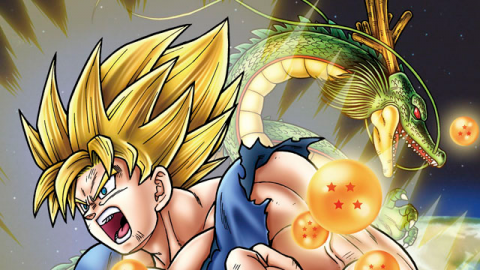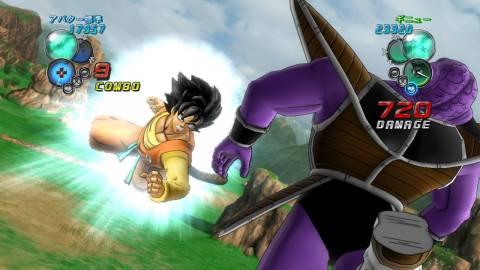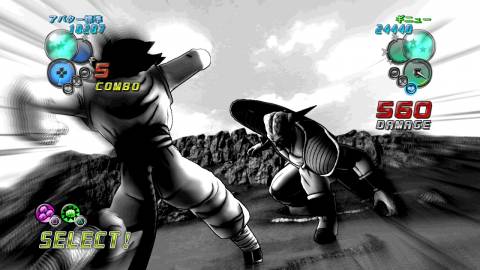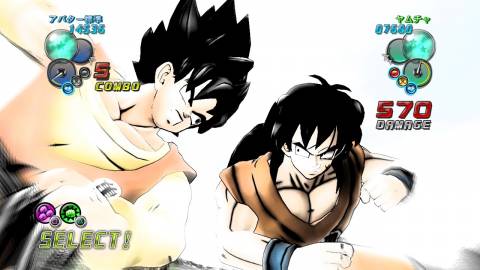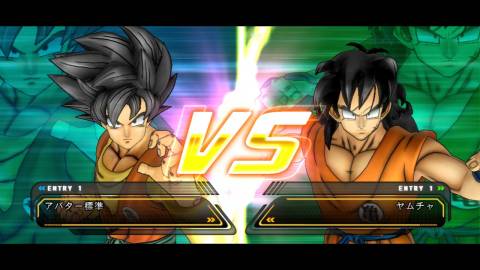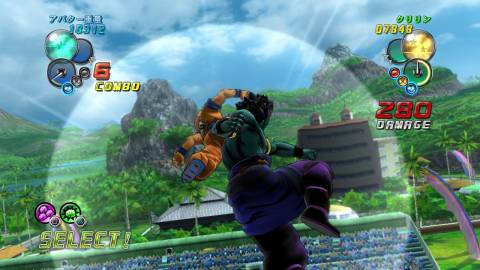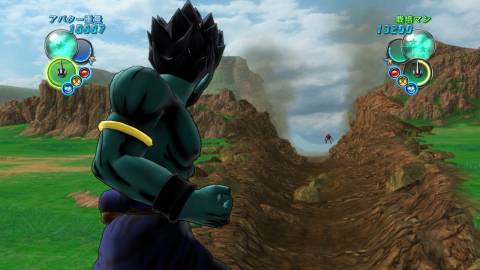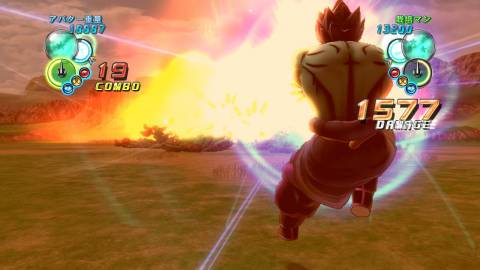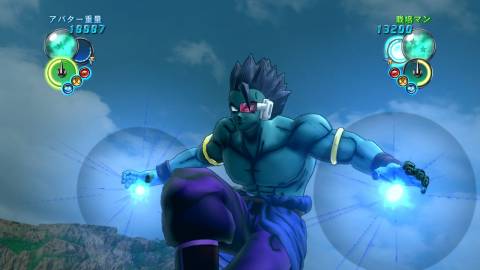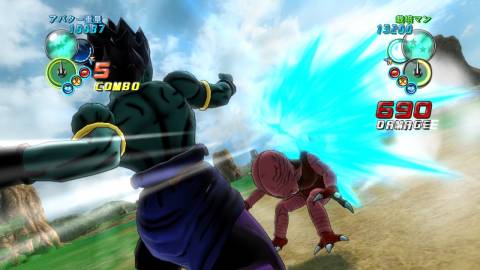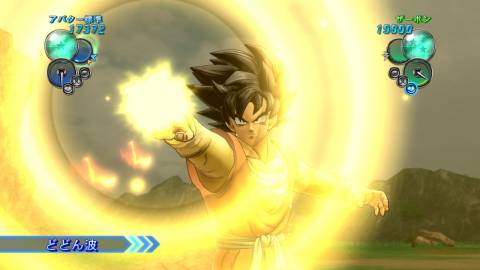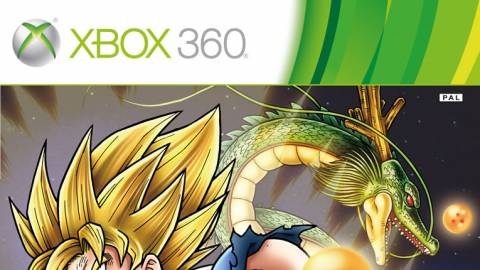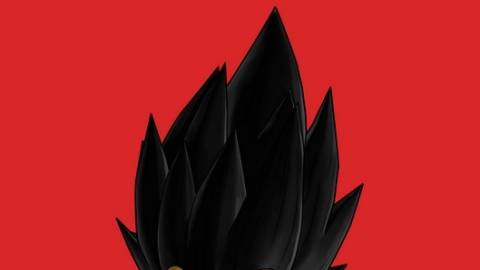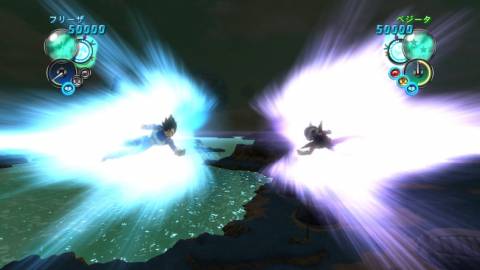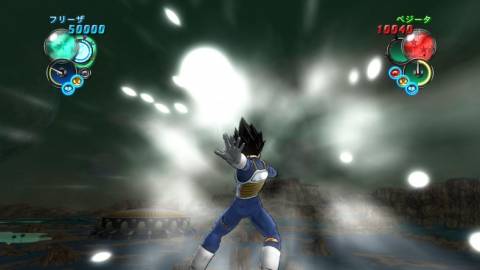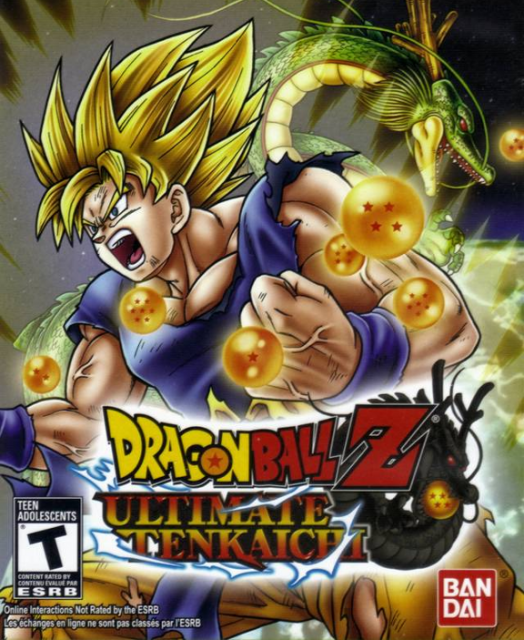Overview
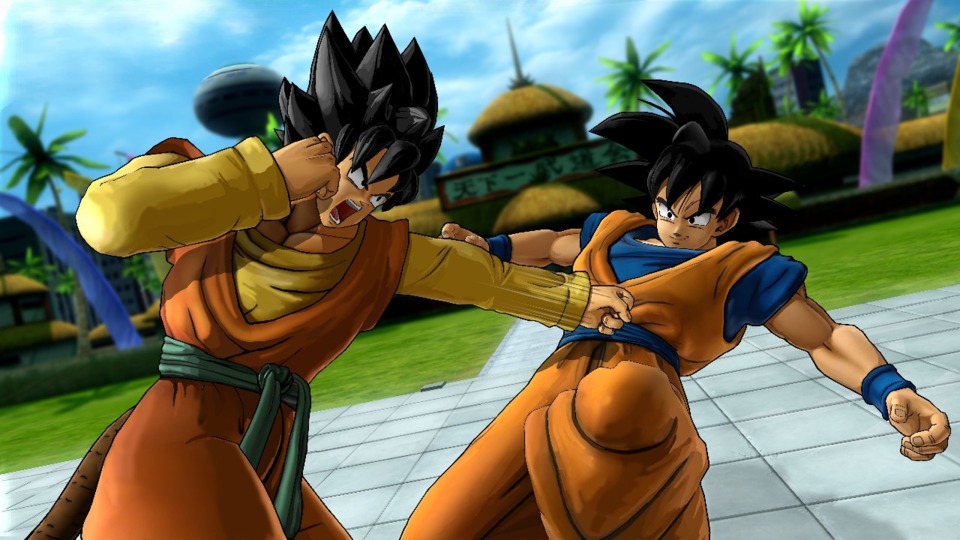
Dragon Ball Z: Ultimate Tenkaichi (known in Japan as Dragon Ball: Ultimate Blast) is a 3D sci-fi fantasy fighting game developed by Spike and published by Namco Bandai for the Xbox 360 and PlayStation 3 in North America (on October 25, 2011), Europe (on October 28, 2011), and Japan (on December 8, 2011).
It is the spiritual sequel to both the Dragon Ball Z: Budokai Tenkaichi and Dragon Ball: Raging Blast series of fighting games based on the Dragon Ball manga and anime series. Along with a revised roster and gameplay mechanics, the game features a bonus story mode where players can customize their own Saiyan protagonist.
While it is not the last Dragon Ball game from Spike, it is the last to use their unique over-the-shoulder style (which would be replicated in some later games, such as Dragon Ball Z: Battle of Z and Dragon Ball Xenoverse).
Gameplay
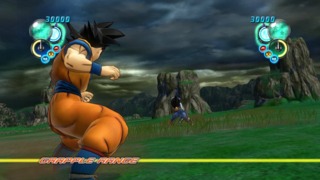
Spike is creating somewhat the same style of fighting games they're known for. The matches are one vs one and use a selection of characters from the Dragon Ball Z franchise we all know well. The fights take place in large destructible environments that are recognizable from the fiction. The environments themselves are very open due to the game's 3D fighting style that strays from mainstream fighters. As such fighters can be knocked around and attacks can be dodged in more grandiose fashions.
In this new iteration, the over-the-shoulder camera thats been the norm for Spike's DBZ franchises has been improved to be more dynamic. If melee combos are being dealt, the camera gets up close to the action. The camera also can briefly set into a more classic 2D style.
Also added are different types of classing moves. Fast pace teleporting clashes and up close punch smashes are styled like rock-paper-scissor quick time event guessing games similar to previous DBZ fighting franchise Budokai.
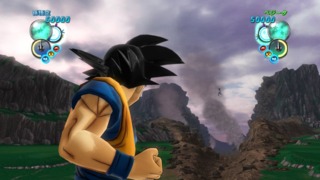
Another improvement is the arena destruction. With previous games, a beam attack like the popular Kamehameha could be fired onto an enemy with so much as a few rocks flying up from the ground. Now attacks like this have more of an impact with blasts being shown launching off the planet, and large craters being left in their wake.
Game Modes
Story Mode
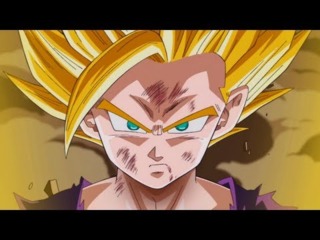
The story mode in Dragon Ball Z: Ultimate Tenkaichi is similar to other Dragon Ball Z games, in that it closely follows the story of the anime. Players will go through the different the different sagas of the Dragon Ball Z world, going through the "Saiyan Saga," "Namek Saga," "Frieza Saga," "Android Saga," "Cell Saga," and "Buu Saga," as well as various Dragon Ball Z movies. The equivalent to one episode of Dragon Ball GT is also included. Digitally-remastered clips from the anime are used as the game's cutscenes, usually played after a major boss fight, or important plot point.
In story mode, players will fly around an open-world environment, much like in Dragon Ball Z: Budokai 3 and Dragon Ball Z: Budokai Tenkaichi 2. Players will be going through the world looking for the legendary Dragon Balls and opponents to fight. Every time all seven Dragon Balls are collected, the player gains the ability to wish for (unlock) a new costume or stage.
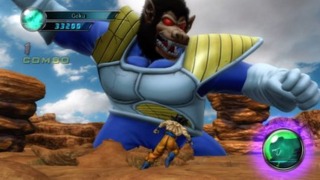
The story mode also has special boss battles, fights with enemies that are much larger and more difficult than regular opponents. In these fights, players will attack the boss's limbs while avoiding there attacks. After enough damage is done, a quick time event is engaged which--if performed successfully--will end the fight.
Hero Mode
Dragon Ball Z: Ultimate Tenkaichi has a new "Hero Mode," which allows players to experience an alternate story in the Dragon Ball Z universe. Players can create their own custom character, customizing their appearance and attributes like the model body, face, hair, attire, type of voice your character will have, as well as their fighting style and special moves.
The "Hero Mode" will have players using this character, going through an alternate Dragon Ball Z world, finding a bunch of familiar characters like Captain Ginyu, Piccolo, and Androids 17 & 18. Crafting a wholly unique story separate from the shows cannon.
Battle Mode
Standard fighting game mode. Able to create one-on-one battles or team battles for either 1P vs. CPU or 1P vs. 2P. In this mode players can select the fighters they want, the special move loadouts, costumes, stages, and battle music. As well as change the time limit and opponent difficulty.
World Tournament Mode
Like other Dragon Ball games, Ultimate Tenkaichi has a "World Tournament" mode. Serving as a ladder fight, there can be up to 16 participants in the tournament, and you are able to use your custom fighter from "Hero Mode" to play.
Customize
The customize mode allows players to customize certain aspects of the game. From this menu, players can create custom "Skill Sets" using techniques and moves they unlock playing "Hero Mode." These skill sets can then be used with the created character or with regular fighters in the "Battle Mode."
Players can also use this menu to create custom playlists of the games background music.
Online Battle
The online mode in Dragon Ball Z: Ultimate Tenkaichi is similar to the games offline "Battle" mode, the only difference being you cannot play with teams, strictly one-on-one battles. As is standard in multiplayer fighting games there are ranked and player matches, as well an online edition of the games "World Tournament" mode. You can also check your ranking as well as customize your online profile.
Capsule House
The "Capsule House" serves as Dragon Ball Z: Ultimate Tenkaichi's trophy room. Here players can listen to the games soundtrack, watch the remastered clips from the show, watch replays that they've saved from their battles, get bio info on all of the characters, and summon the Dragon once they find all seven Dragon Balls.
Training Mode
Dragon Ball Z: Ultimate Tenkaichi's "Training" mode offers a tutorial which teaches players the basics of the game, as well as some more advanced moves. It also has a regular training mode where players can practice pulling off characters different moves and techniques.
Characters
The game includes 59 playable characters and transformations, not including the customizable protagonist from "Hero Mode".
Starting Roster
- Goku (normal, Super Saiyan)
- Gohan (kid, teen Super Saiyan)
- Piccolo
- Krillin
- Yamcha
- Tien
- Raditz
- Saibaman
- Nappa
- Vegeta (normal, Super Saiyan)
- Cui
- Dodoria
- Zarbon (normal, transformed)
- Guldo
- Recoome
- Burter
- Jeice
- Captain Ginyu
- Dr. Gero
- Android #19
- Android #17
- Android #18
- Android #16
- Cell Jr.
- Cell (imperfect form)
- Gotenks (Super Saiyan)
- Majin Buu (Fat form, Pure form)
- Gogeta (Super Saiyan)
Unlockable
- Goku (Super Saiyan 2, Super Saiyan 3)
- Gohan (teen Super Saiyan 2, adult "Ultimate")
- Vegeta (Saiyan Saga, "Super Vegeta" and "Majin")
- Captain Ginyu (body swap w/ Goku)
- Frieza (second, third, final, and 100% final forms)
- Trunks (future timeline, future timeline Super Saiyan)
- Cell (semi-perfect, perfect, and super perfect forms)
- Gotenks (Super Saiyan 3)
- Vegito (Super Saiyan)
- Majin Buu (Super, Super w/ Gohan absorbed)
- Gogeta (Super Saiyan 4)
- Syn Shenron (Omega form)
- Broly (Legendary Super Saiyan)
- Janemba (transformed)
- Bardock
Bosses
There are two separate sets of bosses depending on if you're playing the games story mode or the hero mode.
Story Mode
Hero Mode
- Great Ape
- Golden Great Ape Baby Vegeta
- Ultimate Shenron
Stages
- Big Gete Star (Story Mode Only)
- Cave
- Cell Games Arena
- Glacier
- Highlands
- Island
- Planet
- Planet Namek
- Rocky Land
- Ruined City
- Ruined Planet Namek
- Wasteland
- World Martial Arts Tournament Arena

 Xbox 360
Xbox 360 PlayStation 3
PlayStation 3
